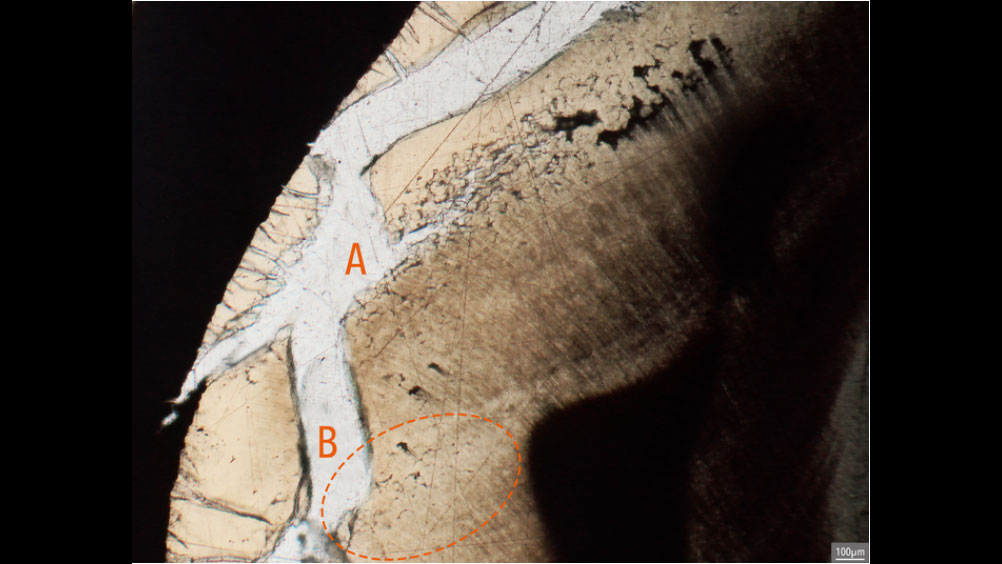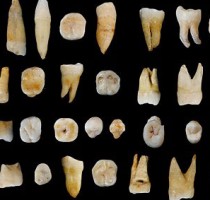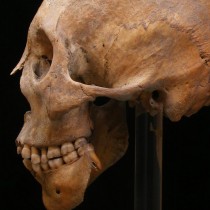The cremation process destroys a lot of information that can usually be obtained from the human skeleton. Especially diseases are difficult to observe. This has caused a paucity in our knowledge of the disease load in populations that practiced cremation as their main funerary ritual. Dr. Barbara Veselka and Prof. Christophe Snoeck, of the Brussels Bioarchaeology Lab and research groups MARI and AMGC for the first time have detected vitamin D deficiency in cremated human remains.The study was published in the renowned academic journal Scientific Reports.
Dr. Barbara Veselka: “The results from our study represent a major step forward in the fields of biological anthropology, archaeology, and palaeopathology by opening up a variety of new possibilities for the study of health and activities related to sunlight exposure of numerous past populations that practiced cremation as their funerary ritual.”
Burning experiments
As part of the Brussels Bioarchaeology Lab and the MARI and AMGC research groups, Dr. Barbara Veselka and Prof. Christophe Snoeck conducted burning experiments using an archaeological sample of 17 paired teeth.
Veselka: “We conducted burning experiments with teeth to assess the visibility of interglobular dentine, a mineralization defect in the dentine attributed to vitamin D deficiency, in teeth burned at temperatures varying from 600 to 900°C. Our study is the first to demonstrate that this defect is still visible at temperatures up to 900°C. This enables, for the first time, the identification of vitamin D deficiency in cremated human remains.”
Sixteen pairs of molars came from the cemetery of Koekelberg, Belgium, and one pair of canines came from the cemetery of the Broerekerk Zwolle, the Netherlands. From each pair, one unburnt tooth was microscopically evaluated via thin section for interglobular dentine. The other tooth was burned at temperatures of 600, 800, or 900°C. Duration of the burning process was 2, 4, or 8 hr. Each of the burnt teeth were examined for interglobular dentine and compared to their unburnt counterparts.
The fact that interglobular dentine is still visible in teeth burned at temperatures of 900°C is remarkable and allows the assessment of vitamin D deficiency in past populations. Moreover, the age at which the disease occurred, the severity of the deficit, and if the disease was recurrent can also be determined. Since most of vitamin D deficient cases can be attributed to limited exposure to adequate amounts of sunlight, information on the age of occurrence aids in the reconstruction of daily activities related to sunlight exposure.
Veselka: “This innovative study stimulates more bioarchaeological research, which will increase our understanding of the influence environmental and sociocultural variables have on individuals.”





